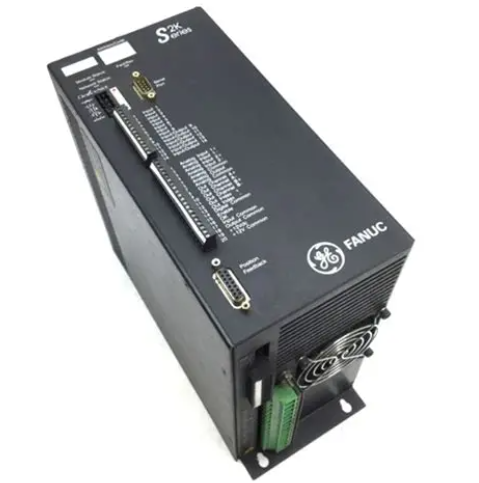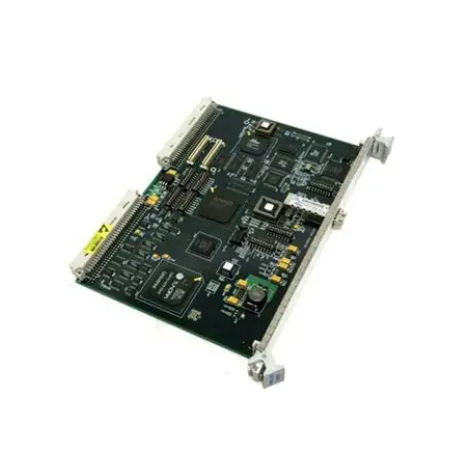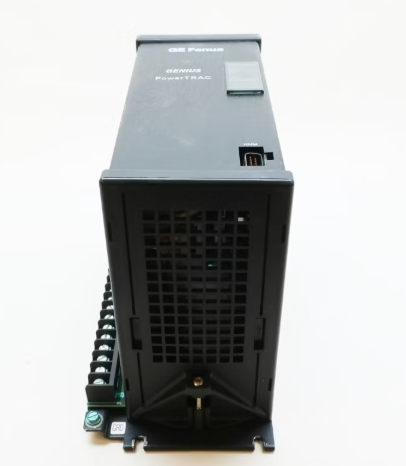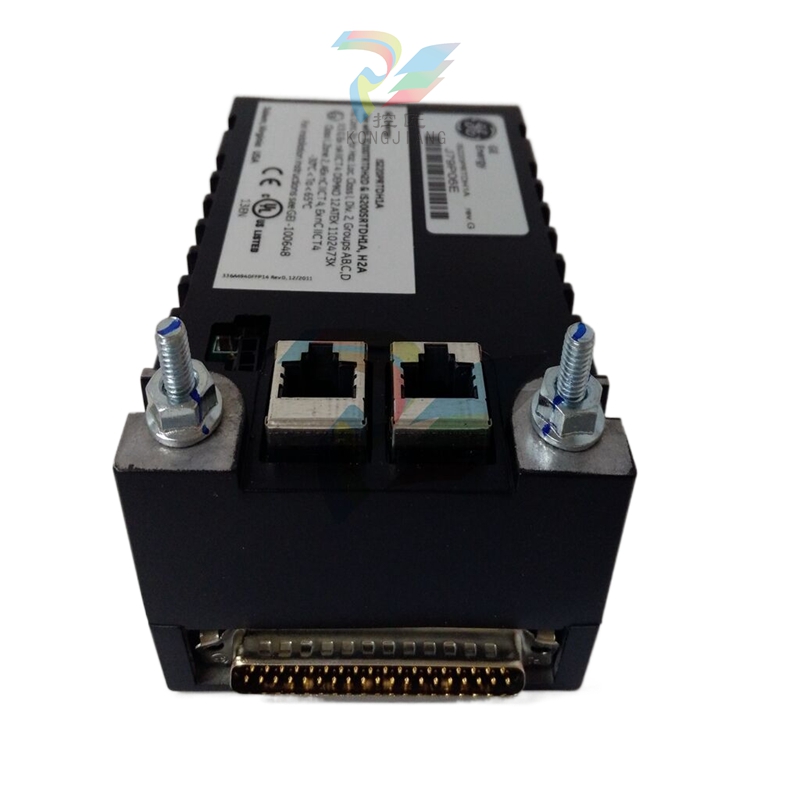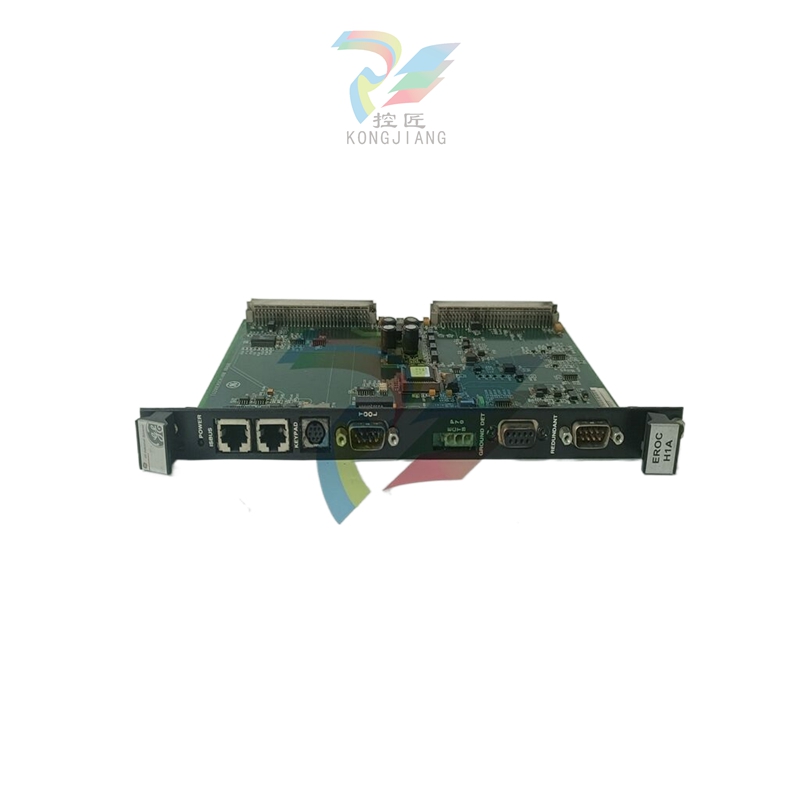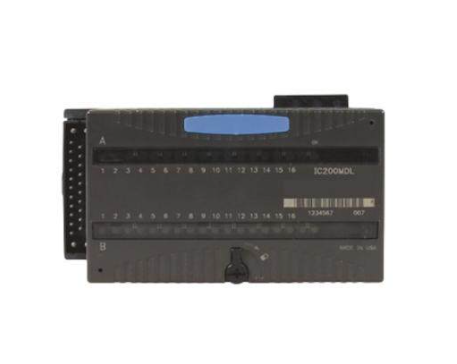Why does China want nuclear power
The development of nuclear power is still the mainstream in the world. For China, our national attitude towards nuclear power has always remained unchanged, vigorously researching and developing nuclear power technology, but prudently setting up nuclear power plants. Although it seems that China's nuclear power is in large-scale construction, China's nuclear power relative to China, the United States, Russia and the United Kingdom, the proportion is not worth mentioning. So what appears to be massive construction is only compensating for past deficiencies. But why is China pursuing nuclear power? In fact, the reason is very simple, the most important factor is to reduce emissions!
With the process of industrialization, human beings continue to emit CO2, a greenhouse gas, into the atmosphere, resulting in a continuous rise in the average temperature of the earth. The two graphs below show changes in atmospheric CO2 concentration and average temperature from the beginning of records to 2017. As can be seen from these two graphs, both CO2 concentration and average temperature rise have increased significantly over time. On June 28, 2019, the World Meteorological Organization (WMO) said in an announcement that data show that 2015-2019 will be the warmest five-year period on record on Earth. On Tuesday, the European Center for Medium-Range Weather Forecasts reported that the last June was the warmest since 1880, both in Europe and globally. The tipping points of 1.5 degrees Celsius and 2 degrees Celsius of global temperature rise are right in front of us, and once the tipping point is broken, the whole natural system will be out of control and unable to recover on its own, and where it will eventually slide, none of us knows. Therefore, reducing CO2 emissions has become one of the important tasks for all countries in the world. In 1991, governments established the United Nations Framework Convention on Climate Change, which led to the Kyoto Protocol and the Paris Agreement. Although some major countries have irresponsibly withdrawn from these agreements, China has always adhered to its commitments and carried out energy conservation and emission reduction work.

According to BP's 2018 Energy Outlook, more than 70% of China's total CO2 emissions come from coal. In China, more than half of coal is used for power generation, so the most important point to reduce CO2 emissions in China is how to reduce coal thermal power. The chart below shows the outlook of China's energy structure released by the National Development and Reform Commission in 2011. It can be seen that in the planning and outlook of the National Development and Reform Commission, renewable energy will gradually replace coal-led thermal power, so as to complete the goal of net zero carbon emissions in the second half of the 21st century, that is, 2050. From this colorful bar chart, we can see that hydropower, wind and solar power are the mainstream, not nuclear power. This also confirms what I have said before, that China has never planned to vigorously develop nuclear power or even become a dominant part of the power system, or even a minor part.
However, nuclear power as a clean energy has its own unique advantages, such as high energy density, no air pollution, no carbon emissions. More importantly, raw materials account for a very small proportion of the cost of nuclear power generation, which has a very special significance for China's southeast coastal provinces, which are currently dominated by coal thermal power. Because the southeast coastal economy of our country is developed, the demand for electricity is large. In the cold winter or hot summer, the demand for electricity increases rapidly, resulting in extreme pressure on coal transportation. If snow were to clog the railroad, it would cause a coal rush in the southeast, jeopardizing power production. If an appropriate amount of nuclear power is added, the power fluctuations caused by the instability of raw materials caused by weather and climate can be ignored, so as to ensure people's livelihood.
For example, the Haiyang nuclear power plant in Shandong has just been connected to the grid, and a nuclear power plant can meet 1/3 of the civilian electricity demand in Shandong. This level of protection can not be replaced by any other means of power generation. Therefore, the establishment of nuclear power plants in provinces lacking coal is an effective way to ensure the livelihood of electricity, and Shandong has made a very positive example for this. There are positive and negative examples, Hunan Taohuajiang nuclear power plant began to declare construction in the 1990s, but for various reasons has been unable to start. Hunan is hot in summer and cold in winter. With the development of economy, people's demand for quality of life is increasing day by day. Therefore, Hunan's private electricity demand is rising, especially in the face of extreme weather, Hunan often enters the state of power shortage. Hunan is located in the under-utilized area of solar energy and the third-level development zone of wind energy, which is a region with a relative shortage of renewable energy. Therefore, in order to ensure that the power supply can keep up with the development of economy and people's quality of life, Hunan can only vigorously build coal thermal power stations. Hunan does not have large coal mines, coal basically relies on imports from other provinces, so it has to vigorously build heavy-haul railways to transport coal. Not only will coal thermal power cause a large amount of CO2 emissions, but also a large amount of CO2 emissions will be generated in the transportation process. Under the premise of the national emphasis on energy conservation and emission reduction, a large number of coal thermal power is really a helpless move in the civil atmosphere of talking about nuclear color change.
- EMERSON
- Honeywell
- CTI
- Rolls-Royce
- General Electric
- Woodward
- Yaskawa
- xYCOM
- Motorola
- Siemens
- Rockwell
- ABB
- B&R
- HIMA
- Construction site
- electricity
- Automobile market
- PLC
- DCS
- Motor drivers
- VSD
- Implications
- cement
- CO2
- CEM
- methane
- Artificial intelligence
- Titanic
- Solar energy
- Hydrogen fuel cell
- Hydrogen and fuel cells
- Hydrogen and oxygen fuel cells
- tyre
- Chemical fiber
- dynamo
- corpuscle
- Pulp and paper
- printing
- fossil
- FANUC
- Food and beverage
- Life science
- Sewage treatment
- Personal care
- electricity
- boats
- infrastructure
- Automobile industry
- metallurgy
- Nuclear power generation
- Geothermal power generation
- Water and wastewater
- Infrastructure construction
- Mine hazard
- steel
- papermaking
- Natural gas industry
- Infrastructure construction
- Power and energy
- Rubber and plastic
- Renewable energy
- pharmacy
- mining
- Plastic industry
- Schneider
- Kongsberg
- NI
- Wind energy
- International petroleum
- International new energy network
- gas
- WATLOW
- ProSoft
- SEW
- wind
- ADVANCED
- Reliance
- YOKOGAWA
- TRICONEX
- FOXBORO
- METSO
- MAN
- Advantest
- ADVANCED
- ALSTOM
- Control Wave
- AB
- AMAT
- STUDER
- KONGSBERG
- MOTOROLA
- DANAHER MOTION
- Bently
- Galil
- EATON
- MOLEX
- Triconex
- DEIF
- B&W
- ZYGO
- Aerotech
- DANFOSS
- KOLLMORGEN
- Beijer
- Endress+Hauser
- MOOG
- KB
- Moxa
- Rexroth
- YAMAHA
- Johnson
- Westinghouse
- WAGO
- TOSHIBA
- TEKTRONIX


Email:wang@kongjiangauto.com

















































































































